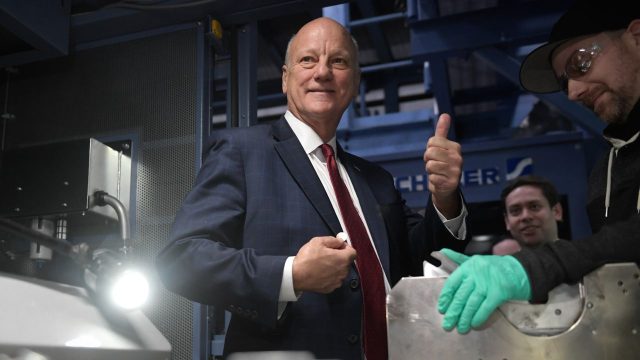
What happened
The U.S. Mint in Philadelphia Wednesday stamped what the Treasury Department said were the final pennies, ending production of the one-cent coin after 232 years. President Donald Trump had ordered the Treasury to stop producing pennies in February, but the government provided no guidance on how to handle the phaseout, leaving stores and banks scrambling as supplies ran low over the summer.
Who said what
“When it was introduced in 1793, a penny could buy a biscuit, a candle or a piece of candy,” The Associated Press said. “Now most of them are cast aside to sit in jars or junk drawers.” But the real impetus for their demise was cost: Each penny costs 3.69 cents to make. “God bless America, and we’re going to save the taxpayers $56 million,” U.S. Treasurer Brandon Beach said before hitting a button to strike the final penny.
The penny’s demise ends a “years-long farce of the government producing coins that cost more to make than they are worth,” The Washington Post said in an editorial. But Trump “did not have the legal authority to cancel penny production unilaterally,” and beginning the process with Congress, as stipulated in the Constitution, “would have facilitated solutions for the problems inherent in eliminating a coin” nearly as old as the U.S.
What next?
The estimated 250 billion pennies still in circulation remain legal tender. The final five pennies minted Wednesday were part of a batch of 232, each “marked with an Omega symbol to signify the last of their kind,” that will be auctioned off next month, Reuters said.
Production of the one-cent coin has ended






